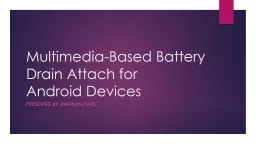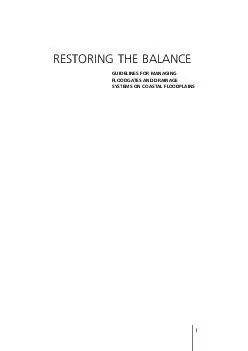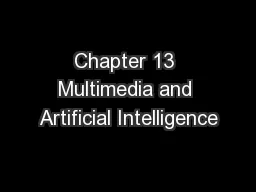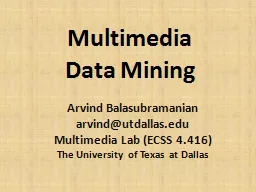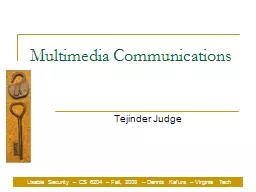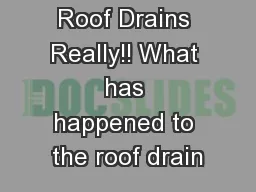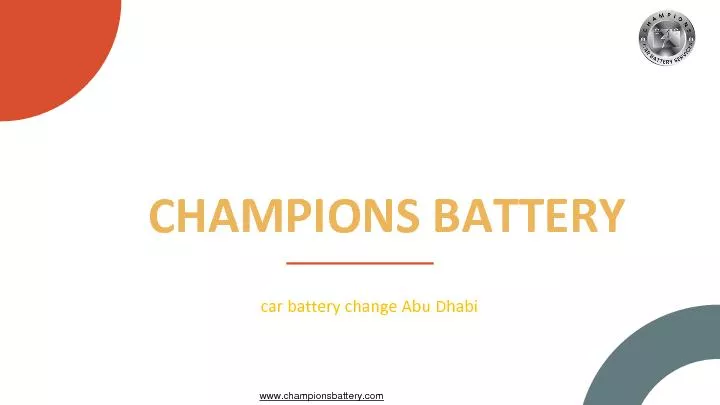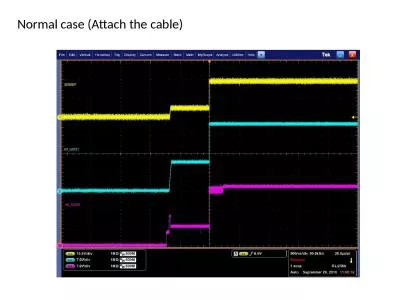PPT-Multimedia-Based Battery Drain Attach for
Author : jane-oiler | Published Date : 2017-05-01
Android Devices Presented by Rashmin patel overview Introduction Multimedia Attacks Experimental Evaluation Conclusion Introduction In last years smartphones are
Presentation Embed Code
Download Presentation
Download Presentation The PPT/PDF document "Multimedia-Based Battery Drain Attach fo..." is the property of its rightful owner. Permission is granted to download and print the materials on this website for personal, non-commercial use only, and to display it on your personal computer provided you do not modify the materials and that you retain all copyright notices contained in the materials. By downloading content from our website, you accept the terms of this agreement.
Multimedia-Based Battery Drain Attach for: Transcript
Download Rules Of Document
"Multimedia-Based Battery Drain Attach for"The content belongs to its owner. You may download and print it for personal use, without modification, and keep all copyright notices. By downloading, you agree to these terms.
Related Documents

